O’Reilly Radar surveys the state of mapping APIs from old sources (like Google) and new ones (like CloudMade). Spoiler alert: there’s a lot of opportunity out there.
Maps took over the web in mid-2005, shortly after the first Where 2.0 conference. They quickly moved from fancy feature to necessary element of any site that contained even a trace of geographic content. Today we’re amidst another location and mapping revolution, with mobile making its impact on the web. And with it, we’re seeing even more geo services provided by both the old guard and innovative new mapping platforms.

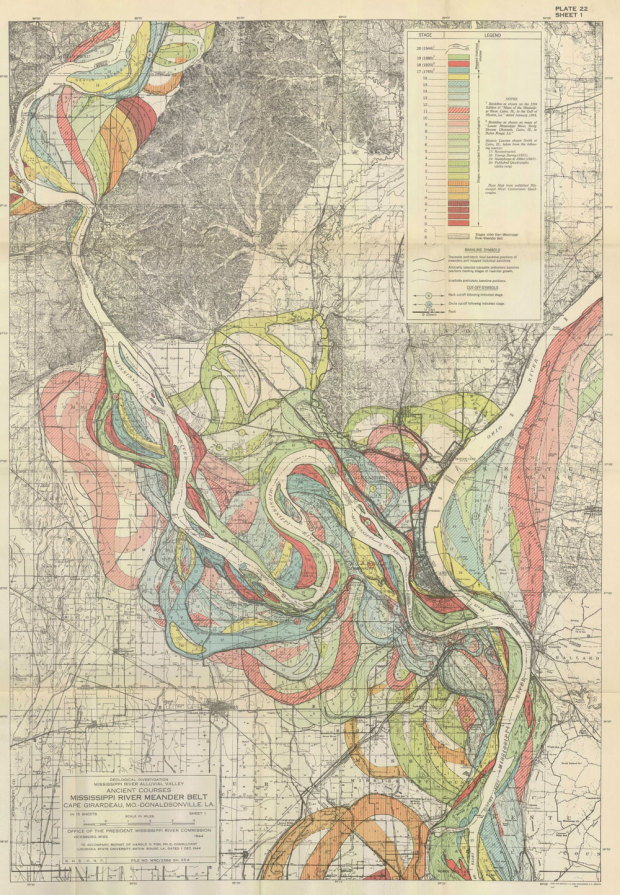
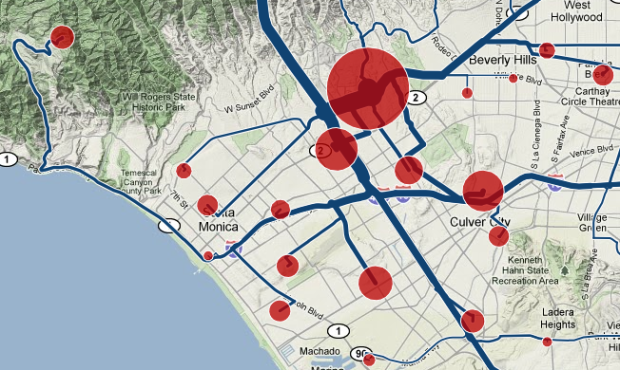

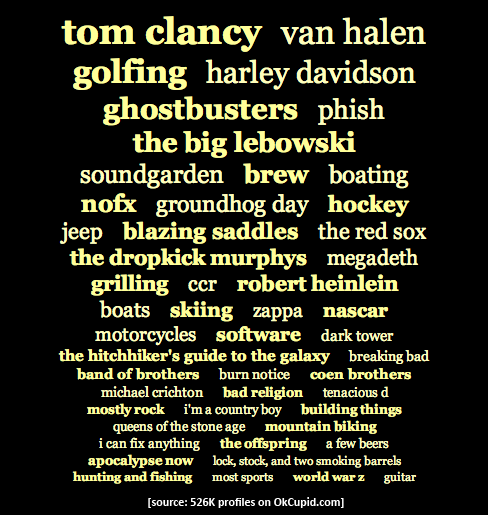
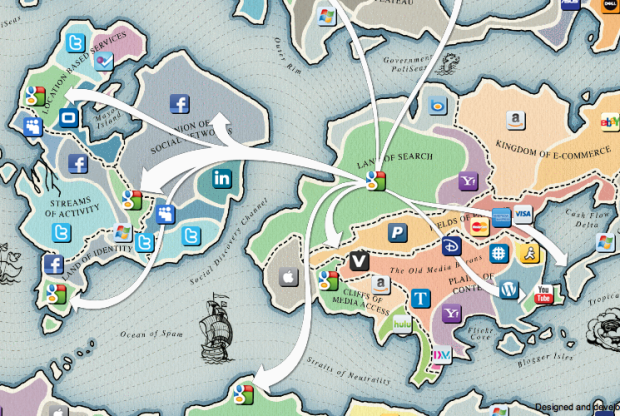
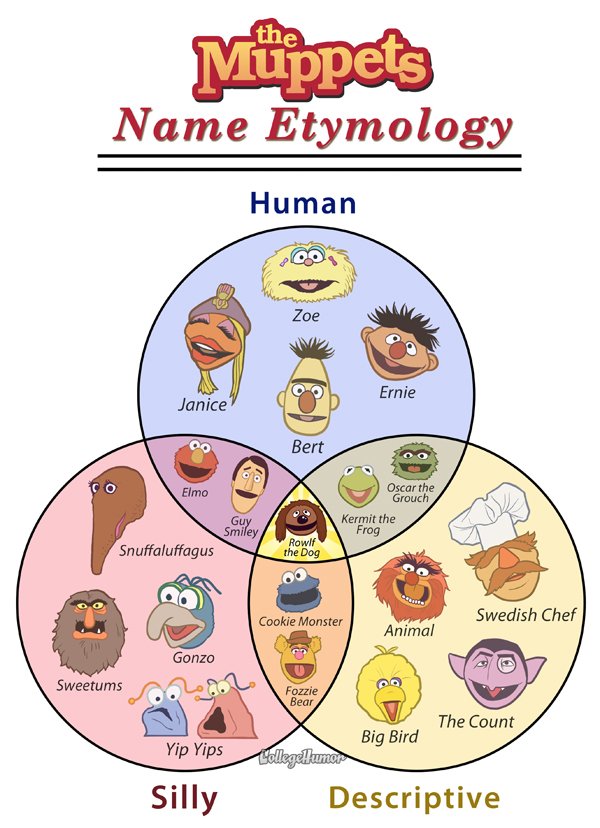

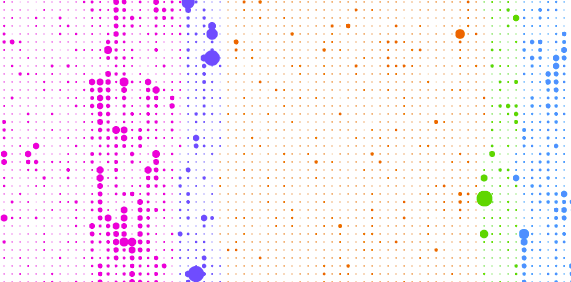
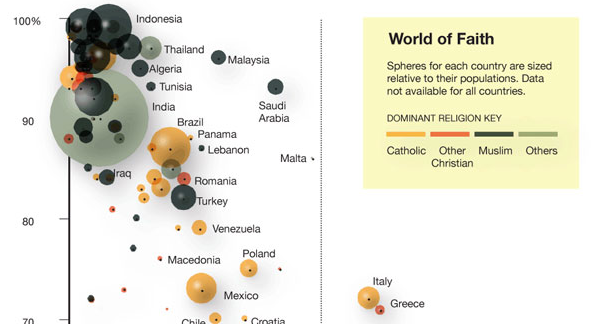
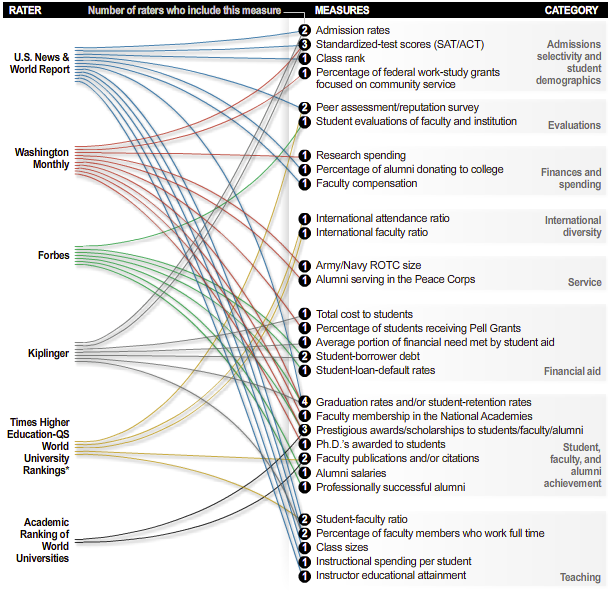
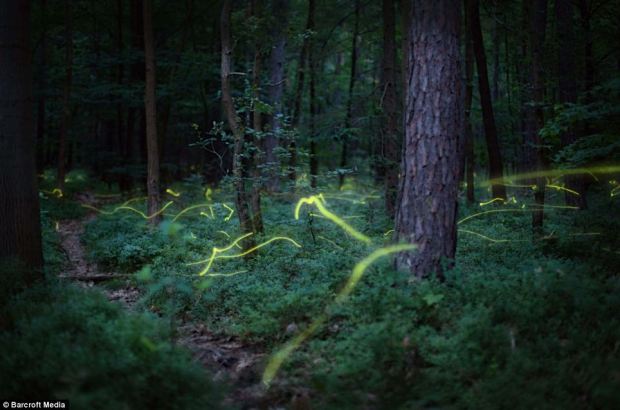
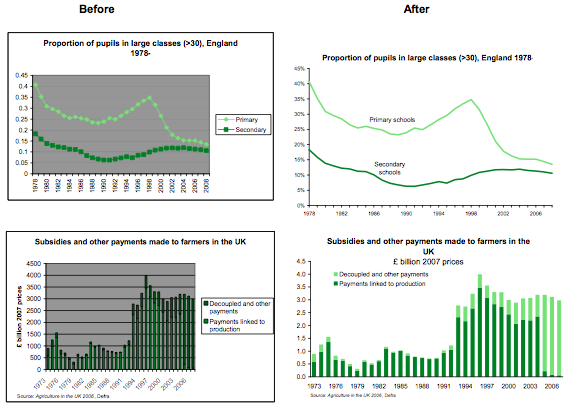

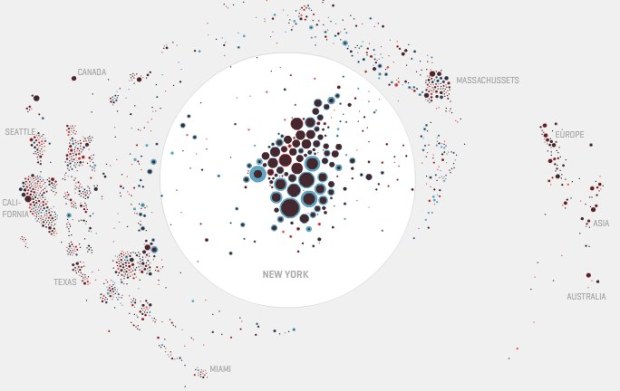
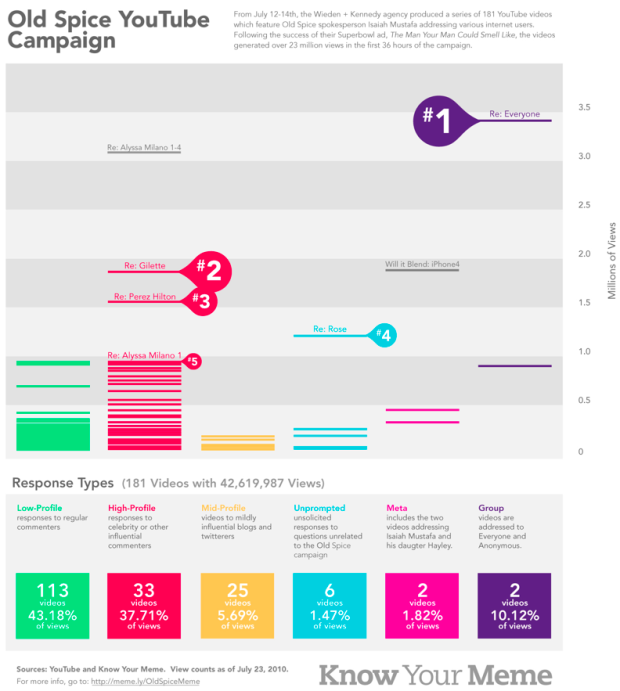










 Visualize This: The FlowingData Guide to Design, Visualization, and Statistics
Visualize This: The FlowingData Guide to Design, Visualization, and Statistics
